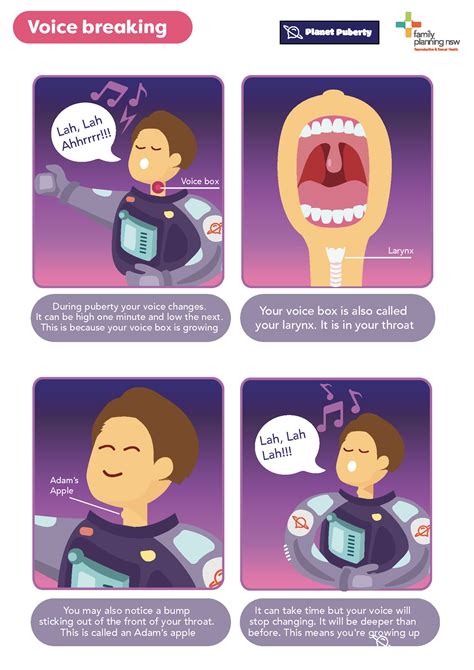The Hormonal Orchestration of Voice Change
The remarkable transformation of a boy’s voice into a man’s deep baritone or bass is a hallmark of puberty, a complex biological process orchestrated primarily by hormones. While many visible changes occur during adolescence, the alterations within the throat responsible for voice deepening are among the most profound and unique to male development. This intricate process involves the growth and structural modification of the larynx and its contained vocal cords, directly impacting the frequency at which they vibrate and, consequently, the pitch of the voice.
At the heart of this change is testosterone, the primary male sex hormone. As boys enter puberty, the production of testosterone surges, signaling the body to initiate a cascade of developmental changes, including the growth of muscles, bones, and the reproductive system. Crucially, this hormonal influx also targets the laryngeal structures, setting in motion the physiological modifications that will forever alter vocal timbre.

Laryngeal Growth: The Prominent Adam’s Apple
One of the most noticeable external signs of a boy’s voice changing is the enlargement of the larynx, often visible as the ‘Adam’s apple’ or laryngeal prominence. Prior to puberty, the larynx is relatively small and its cartilages are less developed. However, under the influence of testosterone, the thyroid cartilage – the largest cartilage of the larynx – undergoes significant growth. It becomes thicker and more prominent, tilting forward and creating the characteristic protrusion in the neck.
This expansion of the laryngeal framework is critical because it provides a larger housing for the vocal cords. The overall vocal tract, including the pharynx, mouth, and nasal cavity, also lengthens and widens. A larger resonating cavity allows for deeper, richer vocal tones, much like how a larger string instrument produces lower notes than a smaller one.
Vocal Cord Transformation: Elongation and Thickening
The core of voice deepening lies in the changes to the vocal cords themselves. Before puberty, a boy’s vocal cords are shorter and thinner, similar in structure to those of a young girl or woman. These shorter, thinner cords vibrate at a higher frequency, producing a higher-pitched voice.
During puberty, the surge in testosterone directly causes the vocal cords to:
- Elongate: The cords lengthen significantly, increasing their overall span. Longer cords vibrate more slowly than shorter ones, just as a longer guitar string produces a lower note.
- Thicken: Alongside lengthening, the vocal cords also become thicker and more massive. Increased mass further reduces the frequency of vibration, contributing to a lower pitch.
- Increase in Tension: While the cords lengthen, the intrinsic laryngeal muscles also develop, allowing for greater control over vocal cord tension. However, the primary effect on pitch comes from the changes in length and mass.
These combined changes can increase the length of the vocal cords in males by about 60% compared to females, leading to a substantial drop in fundamental frequency.

The Phenomenon of Voice Cracking
The transition from a boy’s voice to a man’s is not always smooth. Many boys experience ‘voice cracking’ or ‘voice breaks’ during this period. This temporary instability is a normal part of the process, reflecting the body’s adjustment to the rapid and asynchronous growth of the larynx and vocal cords.
During this phase, the laryngeal muscles and neurological control mechanisms are still adapting to the new size and mass of the vocal cords. It’s akin to learning to play a new, larger instrument – it takes time for the body to develop the fine motor control needed to produce consistent sounds. As the laryngeal structures fully mature and the brain adapts to the new vocal parameters, voice cracking subsides, and a stable, deeper voice emerges.

A Deeper Resonance: Beyond Pitch
The deepening of a man’s voice during puberty is more than just a change in pitch; it also involves changes in vocal quality and resonance. The increased size of the larynx and the elongation of the vocal tract create a larger resonating chamber, allowing for a richer, fuller, and more resonant sound. This altered resonance contributes to the distinct timbre that characterizes the adult male voice.
In summary, the journey from a child’s higher-pitched voice to an adult male’s deeper one is a complex and fascinating biological process driven by hormonal changes. Testosterone triggers the significant growth of the larynx and the elongation and thickening of the vocal cords. These physiological transformations fundamentally alter the frequency at which the vocal cords vibrate, leading to a lower fundamental pitch and a more resonant vocal quality. This ensures that by the end of puberty, the voice has matured into its adult form, a key secondary sexual characteristic.





